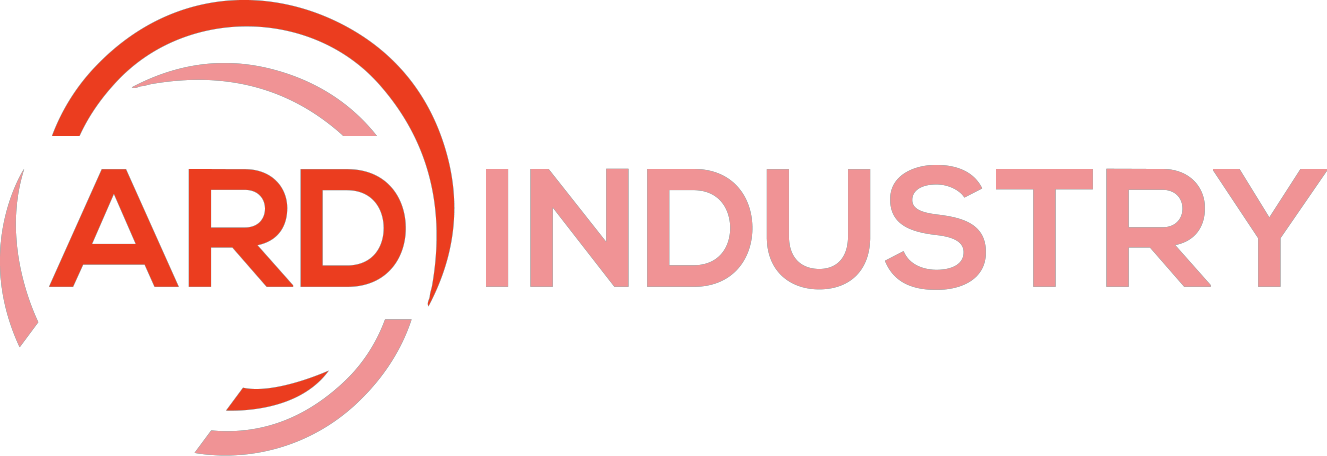Have you ever wondered why people choose one brand over another or how their emotions influence buying decisions? Understanding consumer behavior isn’t just a nice-to-have—it’s the foundation of effective marketing. If you could tap into what motivates your audience, wouldn’t your campaigns be unstoppable?
In this blog, we’ll explore how analyzing consumer behavior can drive marketing success, uncover actionable strategies to get started, and discuss tools you can use to better understand your audience.
Why Does Consumer Behavior Matter in Marketing?
Marketing is more than selling products—it’s about connecting with people. Consumer behavior gives you a roadmap to do just that. Here’s why it matters:
- Personalization: Understanding your audience allows you to craft tailored messages that resonate on a personal level.
- Better ROI: When you know what your audience values, you can allocate resources more effectively.
- Stronger Brand Loyalty: By meeting customers where they are emotionally, you build trust and long-term relationships.
When you understand why someone buys a product, you’re not just influencing a single purchase—you’re shaping their perception of your brand.
The Psychology Behind Buying Decisions
Did you know that 95% of purchasing decisions are driven by subconscious factors? Here are some key psychological drivers:
- Emotions Drive Actions: People buy based on how they feel. For instance, luxury brands often evoke feelings of exclusivity and status.
- Social Proof Matters: Seeing others use a product validates its worth. Reviews and testimonials tap into this need for validation.
- FOMO (Fear of Missing Out): Limited-time offers trigger urgency, pushing consumers to act quickly.
By aligning your marketing efforts with these psychological principles, you can influence how your audience perceives and interacts with your brand.
Actionable Strategies to Decode Consumer Behavior
To effectively decode consumer behavior, implement actionable strategies like audience segmentation, data analytics, and direct customer feedback to gain deeper insights into their motivations and preferences.
1. Segment Your Audience
Not all consumers are the same. To understand them better, segment your audience based on:
- Demographics: Age, gender, income, etc.
- Psychographics: Interests, values, lifestyle.
- Behavioral Traits: Purchase history, website activity.
By grouping similar customers together, you can create targeted campaigns that speak directly to their needs.
2. Leverage Data Analytics
Data is your best friend when analyzing consumer behavior. Use tools like Google Analytics, CRM software, and social media insights to track:
- What pages your audience visits.
- How much time they spend on your site.
- Which products or services catch their interest.
These insights can guide decisions about product offerings, pricing strategies, and content creation.

3. Conduct Surveys and Feedback Sessions
Why not ask your customers what they think? Surveys and feedback forms provide direct insights into their preferences and pain points. Keep your questions simple and actionable, such as:
- “What problem are you trying to solve?”
- “What features do you value most in this product?”
Examples of Consumer Behavior in Action
Let’s take a look at real-world examples:
- Apple’s Emotional Appeal
Apple doesn’t just sell gadgets—they sell a lifestyle. Their marketing focuses on innovation, creativity, and exclusivity, which resonates deeply with their audience. - Amazon’s Personalization Mastery
Amazon leverages browsing history and past purchases to recommend products. This hyper-personalized approach keeps customers engaged and coming back for more. - Nike’s Inspirational Storytelling
Nike inspires action through emotionally charged campaigns like “Just Do It.” They align their message with their customers’ aspirations, creating a strong emotional bond.
Overcoming Challenges in Understanding Consumer Behavior
Overcoming challenges in understanding consumer behavior requires tackling issues like data overload, rapidly changing trends, and avoiding assumptions to ensure accurate insights and effective marketing strategies.
1. Data Overload
Too much data can feel overwhelming. Focus on key metrics like conversion rates, bounce rates, and customer lifetime value (CLV).
2. Rapidly Changing Trends
Consumer preferences change frequently. Stay ahead by monitoring trends through tools like Google Trends and social listening platforms.
3. Avoiding Assumptions
Assuming you know your audience can lead to costly mistakes. Instead, rely on data-driven insights to guide your strategies.
Future Trends in Consumer Behavior Analysis
The future of consumer behavior analysis is exciting and ever-evolving. Here are some trends to watch:
- AI and Machine Learning: Predictive analytics tools will help marketers forecast future behaviors with incredible accuracy.
- Voice Search Optimization: As voice assistants gain popularity, understanding how people phrase searches will become crucial.
- Sustainability Trends: Consumers are increasingly prioritizing eco-friendly brands. Aligning your values with theirs can set you apart.

How to Get Started Today
- Audit Your Current Strategies: Identify gaps in how you currently understand your audience.
- Invest in Tools: Tools like HubSpot, Hotjar, and SEMrush can help you track and analyze consumer behavior effectively.
- Test and Learn: Use A/B testing to experiment with messaging, designs, and offers. Monitor the results and adapt as needed.
Final Thoughts
Unlocking consumer behavior is more than just a marketing tactic—it’s the key to sustainable growth. By understanding what drives your audience, you can create campaigns that don’t just sell but connect.
Are you ready to dive deeper into your audience’s world? Start small, stay curious, and keep refining your approach. The insights you gain will pave the way for long-term marketing success.








